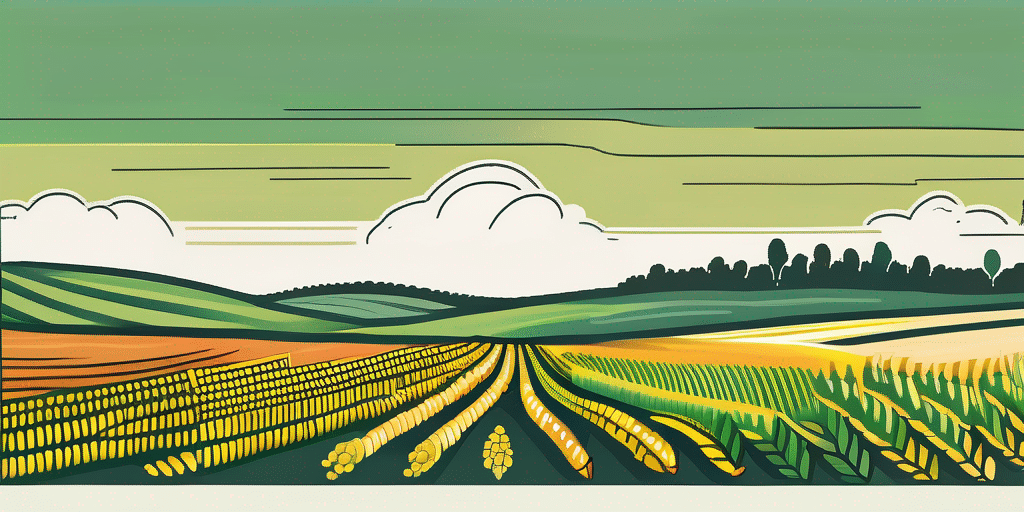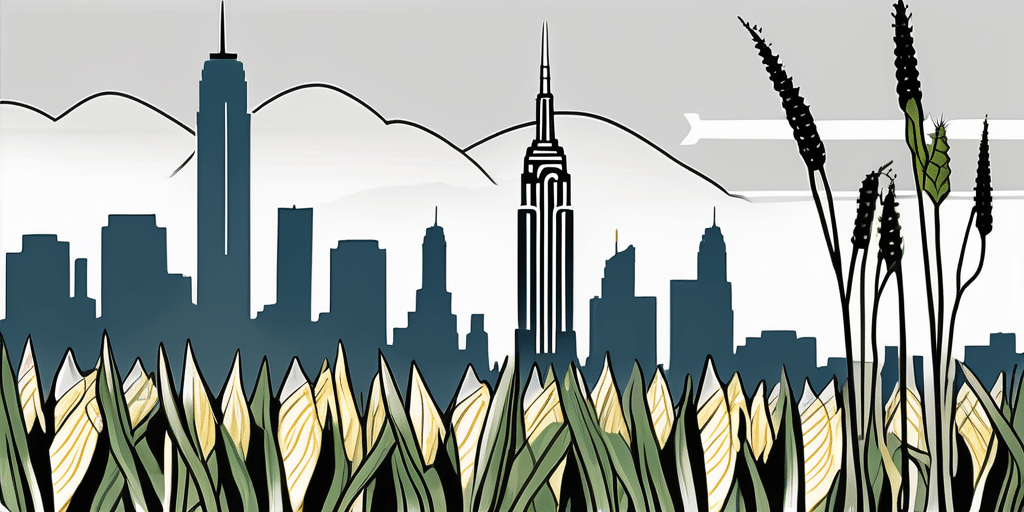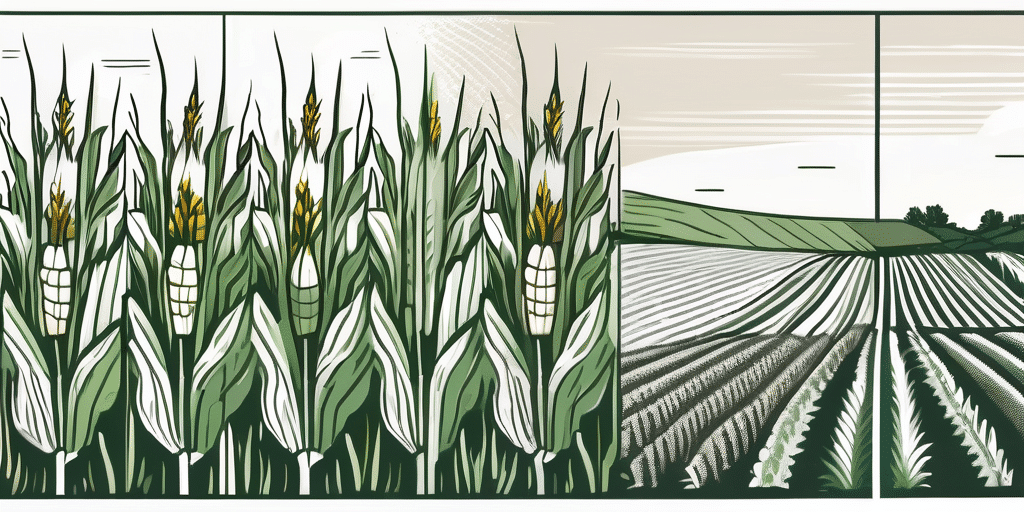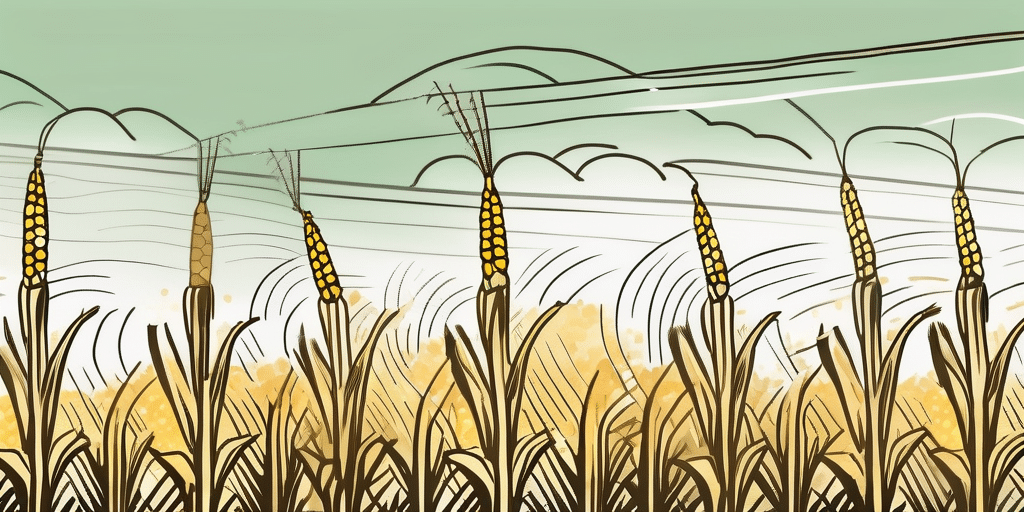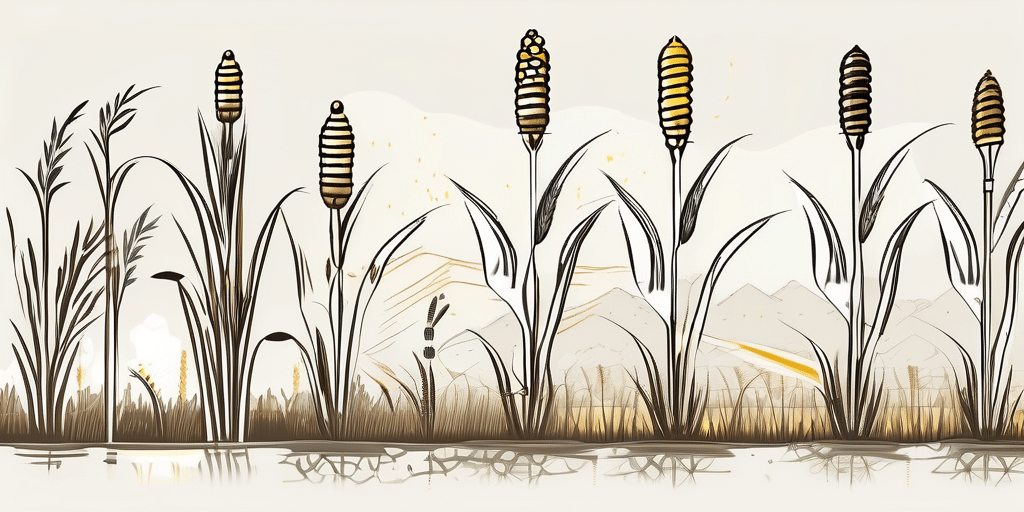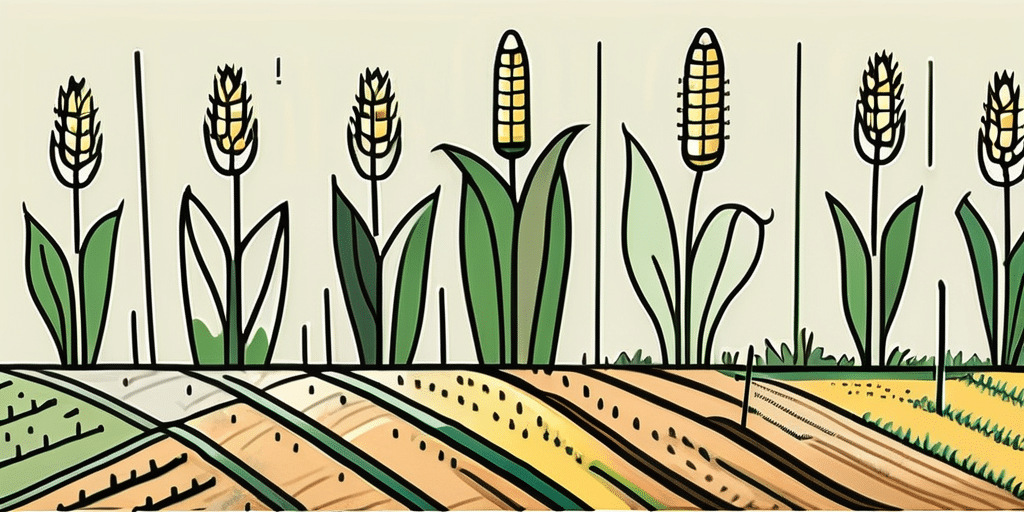If you’re a corn lover living in West Virginia, you may be wondering how to grow Montauk corn in your own backyard. Well, you’re in luck! Montauk corn is a popular variety known for its sweetness and tenderness, making it a favorite among corn enthusiasts. In this article, we’ll explore everything you need to know about planting and growing Montauk corn in West Virginia.
Climate & Hardiness Zones in West Virginia
Before you start planting Montauk corn, it’s essential to understand the climate and hardiness zones in West Virginia. The state’s climate is classified as humid subtropical, with hot summers and cold winters. West Virginia falls into two USDA hardiness zones: zone 5 in the northern part of the state and zone 6 in the southern regions. These zones indicate the average annual extreme minimum temperatures and help gardeners determine which plants are suitable for their area.
West Virginia’s humid subtropical climate brings about a diverse range of flora that thrives in the state. From the iconic sugar maple trees that paint the mountains with vibrant hues of red, orange, and yellow in the fall to the delicate trillium flowers that carpet the forest floor in spring, the state’s plant life is a sight to behold throughout the year. The state’s climate also supports a variety of wildlife, including black bears, white-tailed deer, and a myriad of bird species.
In addition to the USDA hardiness zones, West Virginia’s unique topography plays a significant role in determining microclimates within the state. The Allegheny Mountains in the eastern part of West Virginia create cooler temperatures and higher precipitation levels, while the Ohio River Valley in the western region experiences milder winters and warmer summers. These microclimates offer opportunities for gardeners to experiment with a wide range of plant species, adapting to the specific conditions of their local environment.
When to Plant Montauk Corn in West Virginia
Knowing the right time to plant Montauk corn is crucial for a successful harvest. In West Virginia, it’s generally recommended to plant Montauk corn after the danger of frost has passed and the soil temperature has reached around 50°F (10°C). Typically, this occurs in late April or early May in most areas of the state. However, it’s always a good idea to check your local weather forecast and soil temperature before planting.
Montauk corn, a popular variety known for its sweet and tender kernels, thrives in the warm summer months of West Virginia. The state’s fertile soil and moderate climate provide an ideal environment for growing this delicious corn variety. When planted at the right time, Montauk corn can produce bountiful harvests that are perfect for fresh eating, canning, or freezing to enjoy throughout the year.
Step-by-Step Guide to Planting Montauk Corn
- Choose a sunny spot in your garden with well-drained soil.
- Prepare the soil by removing any weeds and loosening it with a garden fork or tiller.
- Apply a balanced fertilizer according to the package instructions to provide essential nutrients for your corn plants.
- Create rows by digging shallow trenches, about 1 inch deep and 2-3 feet apart.
- Place the seeds in the trenches, spacing them about 6-8 inches apart.
- Cover the seeds with soil and lightly firm it down.
- Water the planted area thoroughly, keeping the soil consistently moist but not waterlogged.
As Montauk corn grows, it’s important to monitor its progress and provide adequate care. Regular watering, especially during dry spells, and mulching around the base of the plants can help retain soil moisture and suppress weed growth. Additionally, applying a side dressing of nitrogen-rich fertilizer when the corn plants are knee-high can promote healthy growth and development.
When to Harvest or Pick Montauk Corn in West Virginia
Once you’ve successfully planted your Montauk corn in the rich soils of West Virginia, the next exciting step is harvesting or picking the corn cobs when they are at their peak perfection. Montauk corn, a beloved variety known for its exceptional flavor and tender kernels, generally takes around 75-85 days from planting to reach maturity in the Mountain State. However, this timeline can vary depending on the unique weather conditions and the specific variety of corn you have chosen to cultivate.
As the summer sun bathes your cornfield in golden light, signaling the approaching harvest season, there are a few key indicators to look for to determine the optimal time for picking your Montauk corn.
Tips for Harvesting Montauk Corn
- Observe the ears of corn to determine if they are fully filled out and the kernels feel plump and juicy. A well-developed ear of Montauk corn will boast rows of plump, tightly packed kernels, promising a delightful crunch with every bite.
- Check the color of the silk. If it has turned brown and is dry, it’s a good indication that the corn is ready for harvest. The browning of the silk is nature’s way of signaling that the corn cob is approaching its peak ripeness, eagerly awaiting its moment to shine on your dinner table.
- Gently peel back the husk of a corn cob to check the size and color of the kernels. If they are fully developed and bright yellow, it’s time to pick the corn. The vibrant hue of the kernels indicates a perfect balance of sweetness and freshness, ensuring a delightful burst of flavor in every mouthful.
It’s crucial to harvest Montauk corn at the right time to savor its full flavor and sweetness, capturing the essence of summer in each delectable bite. Remember, timing is key – waiting too long to harvest your Montauk corn risks losing the delicate sweetness as the sugars in the kernels convert to starch, diminishing the corn’s natural allure.
Frequently Asked Questions
1. Can Montauk corn be grown in containers or pots?
Yes, Montauk corn can be grown in containers or pots. Choose a large container with drainage holes and fill it with a well-draining potting mix. Ensure your corn plants receive at least 6 hours of direct sunlight each day and water them regularly.
2. How much water does Montauk corn need?
Montauk corn requires regular watering, especially during hot and dry periods. Aim to provide about 1-2 inches of water per week through rainfall or irrigation.
3. Can Montauk corn be grown organically?
Yes, Montauk corn can be grown organically. Follow organic gardening practices by using organic fertilizers, compost, and natural pest control methods. Avoid synthetic chemicals or pesticides.
4. Are there any pests or diseases that affect Montauk corn?
Montauk corn can be susceptible to pests such as corn earworms, armyworms, and corn borers. Regularly inspect your plants for signs of infestation and take appropriate measures to control these pests. Common diseases that may affect Montauk corn include corn smut and common rust. Proper crop rotation and good garden hygiene can help prevent these diseases.
5. Can I save seeds from my Montauk corn for the next planting season?
Yes, you can save seeds from your Montauk corn for the next planting season. Allow the corn cobs to fully mature and dry on the plant. Once dry, remove the kernels from the cob and store them in a cool, dry place in a sealed container. Make sure to label the container with the variety and year of harvest.
Now that you have the knowledge and tips to grow your own Montauk corn in West Virginia, get ready to enjoy the sweet, juicy taste of freshly picked corn right from your backyard. Happy planting and harvesting!
Join the How to Grow Everything Community
Ready to take your gardening skills to the next level? Subscribe for free to How to Grow Everything and learn how to build the garden of your dreams! Receive personalized gardening advice tailored to your West Virginia grow zone, experience level, and interests. Enjoy the best gardening tips, special offers, and deals delivered straight to your inbox – all 100% free, from our family to yours. Don’t miss out on thousands of free growing and gardening articles designed to help you grow Montauk corn and much more. Subscribe now and be part of a community that’s thriving with green thumbs!

